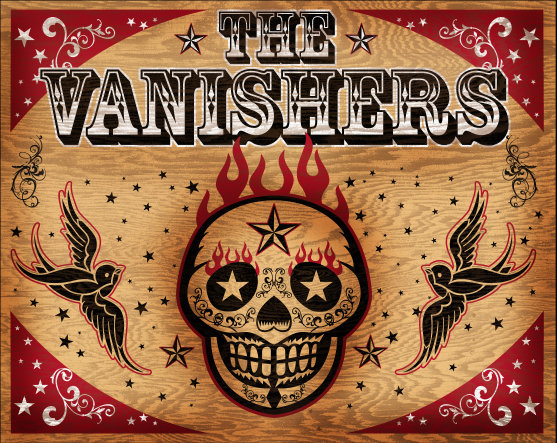Take a peak at my setup for editing The Drownsman
/Just when you thought it was safe to go back in the water. Production started on the feature-length horror The Drownsman towards the end of last year and in only a couple of fast-paced months the edit was assembled insanely quickly. I am dying to share the workflow with you all but it is pretty difficult to show without being able to actually reveal any images of the movie itself. In the meantime I offer a small glimpse into how I prepared for the project and what gear was used.
It was requested that I bring my edit suite to set and cut each day's footage on-site. This move is very uncommon but necessary in this case since the director needed to see how scenes were cutting together and also so that a rough cut of the film could be produced in the shortest amount of time after wrapping. The producers requested that I use Final Cut Pro 7, the first editing program I started on. It had been a couple years since I had used it, but it's like riding a bike. Plus all of the experience I had since gained editing quickly with Avid hotkeys, I found I was now a lot faster with FCP7.

Two weeks before starting I gutted my computer and put all new hardware in, including a shiny RED Rocket Card. This. Was. CRUCIAL. Without the power of this card, a day's worth of raw RED Epic footage takes at least a day to transcode before even begin to edit. I had no idea how strong-like-bull this card was until I ran it through some tests with REDCINE-X. With it my computer could now chew through a day's worth of footage in half an hour!
Most of the shoot was located in Mount Forest, ON. After packing up my entire edit suite and re-locating it there, I met with the DMT guy Dan Glegg. He would be responsible for backing up the footage. Together, this is what our workspace looked like for 3 weeks...

Each day production wrapped at around 3 or 4am. Once the cards were backed up, Dan would hand me a hard drive and I would setup my computer to make ProResLT transcode files. Half an hour later and baking's done. Then I would work through the night until the crew call the next day, when I would hand my iPad Mini to the director and he would look over the edits, request edit changes and make notes as to what pick-up shots were needed. Then I would sleep during the day. Rinse and repeat.
So there's a basic description of my approach to editing this film. The crew is getting suited up for one final day of pick-up shots before the Master edit will be locked and then sent to colour and sound.
I'll be able to go into more depth with describing the process later when the film premieres. In the meantime, I hope this sates you.


